Data Types in Python for Data Science Applications
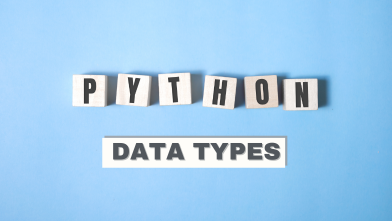
Python is a multipurpose programming language that finds applications across various domains. Its simplicity and flexibility make it a popular choice for web development, where frameworks like Django and Flask enable the creation of dynamic websites.
In Data Science and machine learning, Python's robust libraries, such as NumPy, pandas, and scikit-learn, empower data analysts and scientists to analyze data, build predictive models, and extract meaningful insights.
Additionally, Python's adaptability extends to scientific computing, automation and scripting, game development, desktop applications, web scraping, database management, education, Internet of Things (IoT) projects, and natural language processing (NLP). Its usage spans diverse fields, including cybersecurity, cloud computing, finance, healthcare, and artificial intelligence (AI), making Python an indispensable tool for developers, researchers, and professionals worldwide.
In detail, we shall discuss a few crucial Data Types in Python for Data Science Applications.
Numeric Data Types
Numeric data types in programming represent numbers and are used to perform mathematical operations and calculations. These data types are crucial for handling numerical values in various applications. Common numeric data types are:
- Integers (int)- It is used for programming tasks like counting and indexing.
- Floating-point numbers (float)- It is suitable for mathematical calculations involving fractions or real-world measurements.
- Complex numbers (complex)- It is used in scientific and engineering applications where calculations involve imaginary numbers (e.g., square roots of negative values).
# Examples of numeric data types
Integers (int):
x = 5 y = -10 z = 0
Floating-Point Numbers (float)
pi = 3.14159temperature = 98.6
Complex Numbers
z1 = 3 + 4jz2 = -2.5 - 1.8j
Strings
Strings are a fundamental data type in programming used to represent text or sequences of characters. They are typically enclosed within single quotes (' '), double quotes (" "), or triple quotes for multiline strings (""" """ or ''' '''). It is primarily utilized in the data science.
Single-Quoted String:
single_quoted_string = 'This is a single-quoted string.'
Double-Quoted String:
double_quoted_string = "This is a double-quoted string."
Multiline String (Triple Quotes):
multiline_string = """This is a multiline string."""
Lists and Tuples
Lists and tuples are two commonly used data structures in programming for storing collections of items. In data science, it is used to store data.
Lists:
- Lists are ordered collections of items that can be of different data types.
- They are defined using square brackets [], and commas separate items.
- Lists are mutable
- After creation, we can change their contents (add, remove, or modify items).
Example:
my_list = [1, 2, 3, "orange", "apple", True]
Tuples:
- They are defined using parentheses (), and commas separate items.
- Tuples are immutable
- We cannot change the content once it has been created.
For example:
my_tuple = (1, 2, 3, "apple", "banana", True)
Key Difference:
Lists are defined with square brackets [ ], and tuples are defined with parentheses ( ).
Sets and Dictionaries
The two fundamental data structures used in programming are sets and dictionaries, each with unique properties and applications.
Sets:
- A set is an unordered collection of unique elements.
- Sets are defined using curly braces {} or the set() constructor, and elements are separated by commas.
- Sets do not allow duplicate values
- Sets are mutable
Example:
my_set = {1, 2, 3, 4, 5}
Dictionaries:
- A dictionary is a collection of key-value pairs.
- Each key-value pair in a dictionary is separated by a colon (:), and pairs are separated by commas. Dictionaries are defined using curly braces {} or the dict() constructor.
- Keys must be unique, but values can be duplicated.
- Dictionaries are mutable
Example:
my_dict = {"name": "Alice", "age": 30, "city": "New York"}
Key Differences:
Sets are unordered, so they don't have an index or key associated with each element. In contrast, dictionaries use keys to access values.
Booleans
Booleans are a fundamental data type in programming representing one of two values: True or False. Booleans are primarily used for logical operations, conditional statements, and making decisions within a program.
# Example of a boolean
print (type (True))print (type (False))
Python offers a rich array of data types in data science that provide flexibility and efficiency for various tasks. These data types, from numeric types like integers and floating-point numbers to specialized structures like lists, dictionaries, and sets, empower data scientists to manipulate, analyze, and visualize data effectively.
Python's versatility and extensive ecosystem make it a top choice for professionals in data science, facilitating the extraction of valuable insights from diverse datasets and driving informed decision-making.
Find a course provider to learn Python
Java training | J2EE training | J2EE Jboss training | Apache JMeter trainingTake the next step towards your professional goals in Python
Don't hesitate to talk with our course advisor right now
Receive a call
Contact NowMake a call
+1-732-338-7323Take our FREE Skill Assessment Test to discover your strengths and earn a certificate upon completion.
Enroll for the next batch
Python Programming Hands-on Training with Job Placement
- Dec 15 2025
- Online
Python Programming Hands-on Training with Job Placement
- Dec 16 2025
- Online
Python Programming Hands-on Training with Job Placement
- Dec 17 2025
- Online
Python Programming Hands-on Training with Job Placement
- Dec 18 2025
- Online
Python Programming Hands-on Training with Job Placement
- Dec 19 2025
- Online
Related blogs on Python to learn more
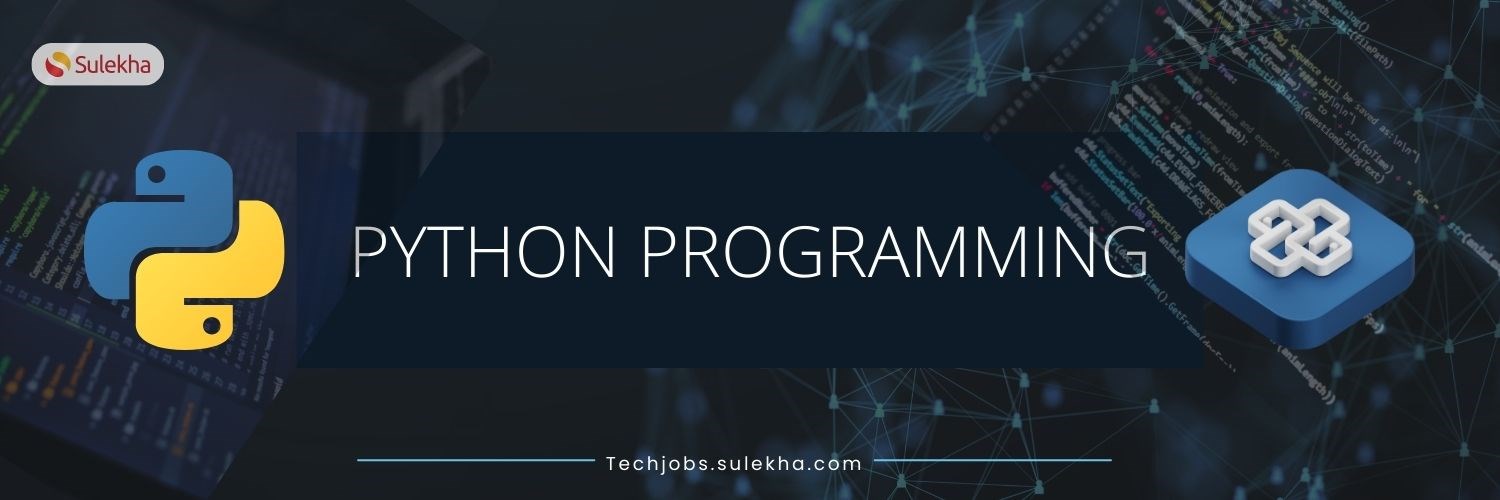
PYTHON PROGRAMMING
Discover Python, a versatile programming language ideal for web development, data analysis, and machine learning. Learn its easy syntax and extensive libraries to unlock a world of career opportunities in tech.

Python: The Language of Innovation and Versatility
"Master Python with Sulekha Tech Courses and boost your tech career. Find expert-led training in the USA and Canada for roles like Data Scientist and Machine Learning Engineer, and start your journey to innovation today."
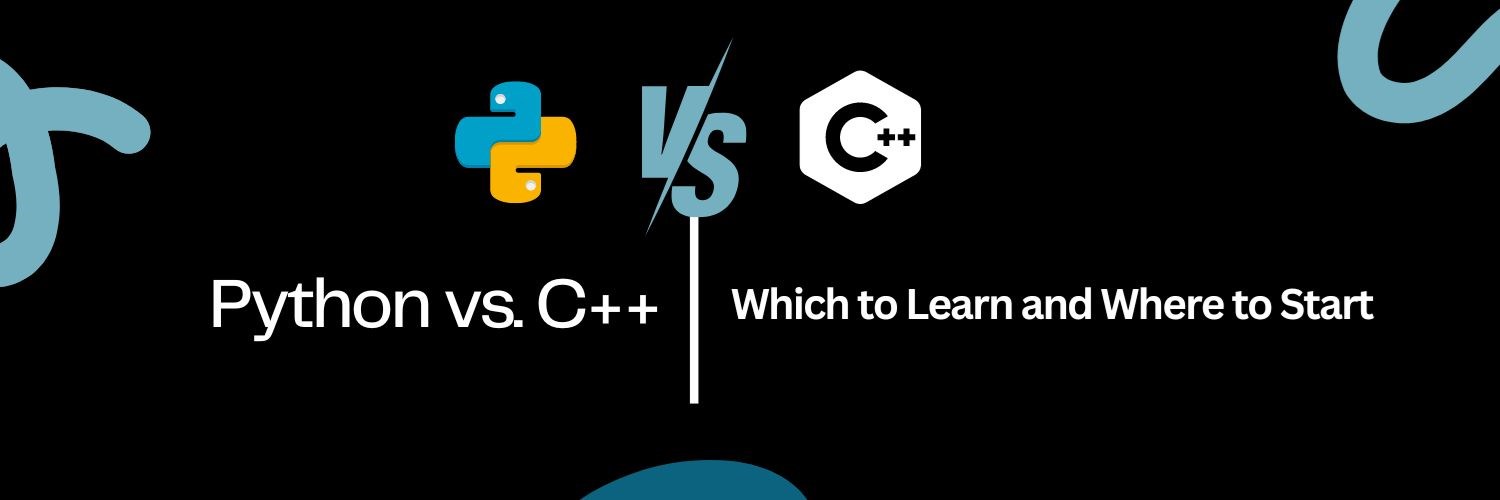
Python vs. C++: Which to Learn and Where to Start
Compare Python and C++ programming languages, learn which language is best for your needs and where to start your programming journey, with tips on getting started and resources for further learning.
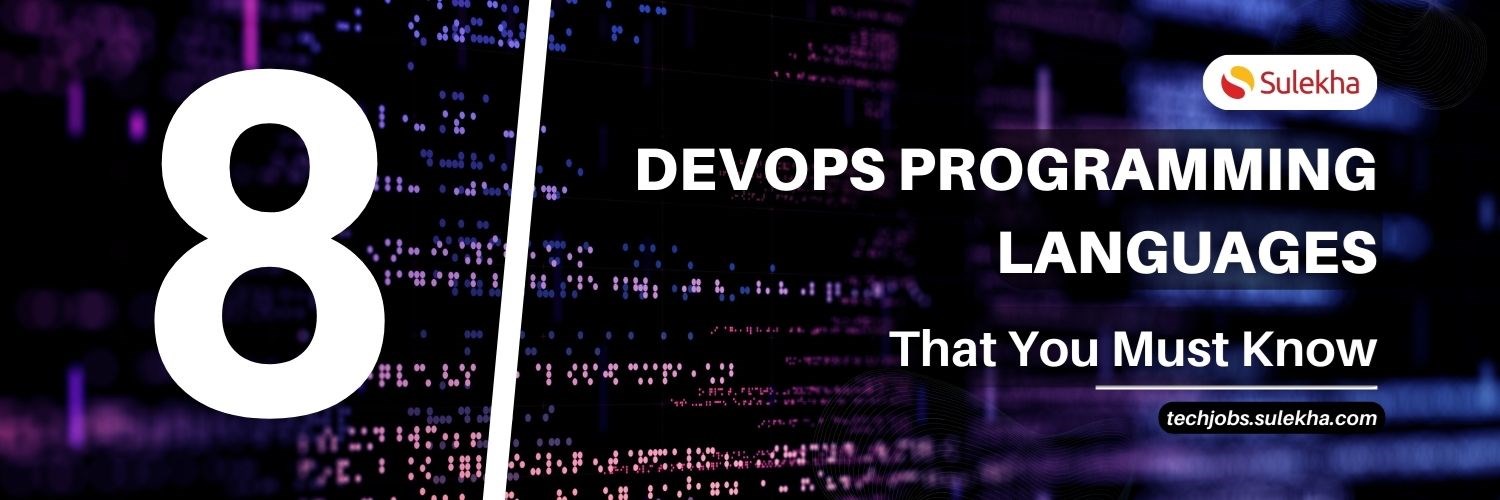
Top 8 DevOps Programming Languages That You Must Know
Top 8 DevOps programming languages that every DevOps engineer should know. From Python to PHP, learn the essential skills for automating and streamlining software delivery."
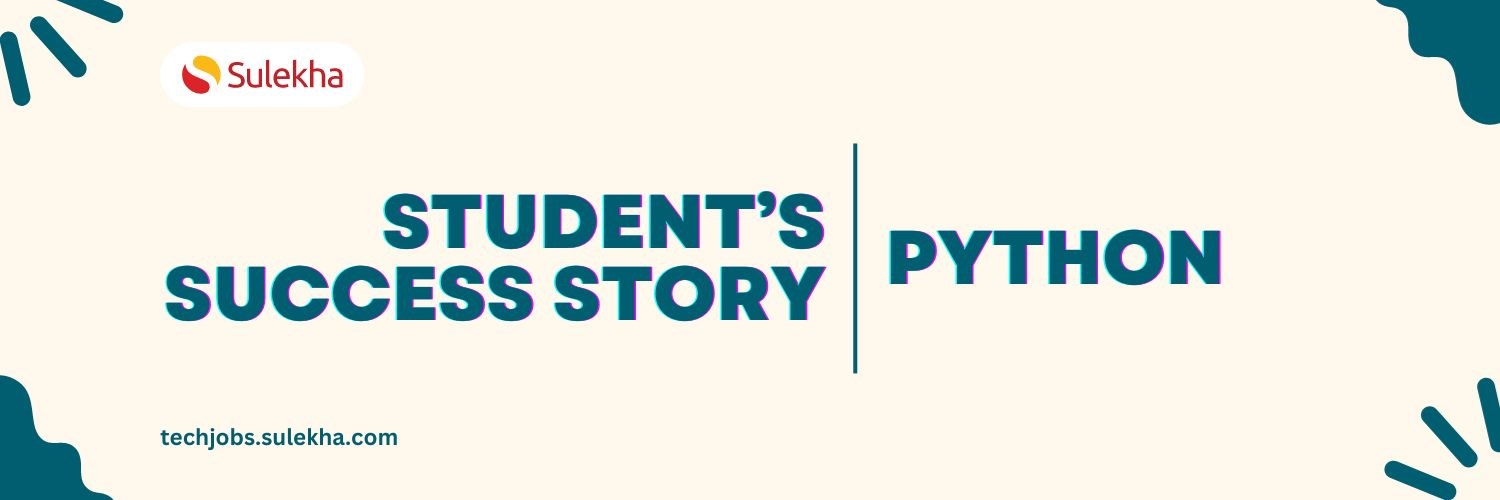
How did I successfully complete Python course?
Embark on a journey of student’s success story in Python programming, uncovering stories of resilience, growth, and achievement. Be inspired by their transformative experiences, unwavering dedication, and remarkable successes in mastering Python and

What are the top 10 Python Applications in the Real World?
Discover the top 10 Python applications transforming the real world across web development, audio and video Applications, business applications data science, game development, and more.
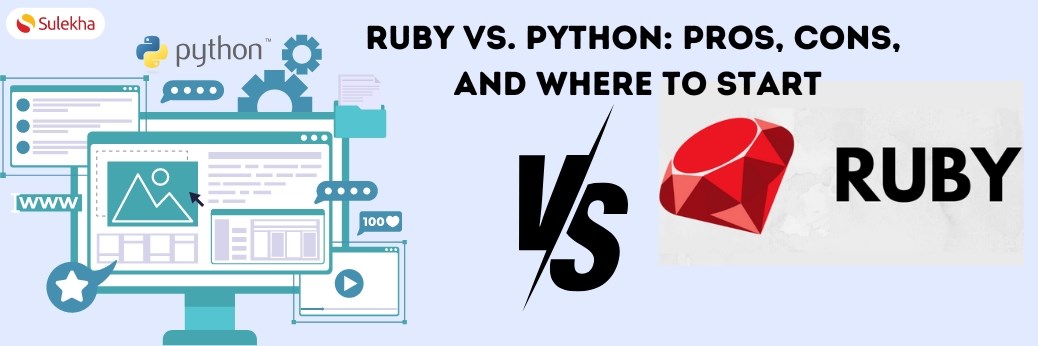
Ruby vs. Python: Pros, Cons, and Where to Start
Ruby vs. Python: Pros, Cons, and Where to Start Learning a programming language is helpful as it opens up numerous career prospects in the ever-growing technology field. Whether it is software development, web development, data science, or artificia

How to Build a Data Web Scraper Tool with Python
Web scraping involves processes to extract data from websites. This process is often performed using software that can simulate a user's actions on a website.
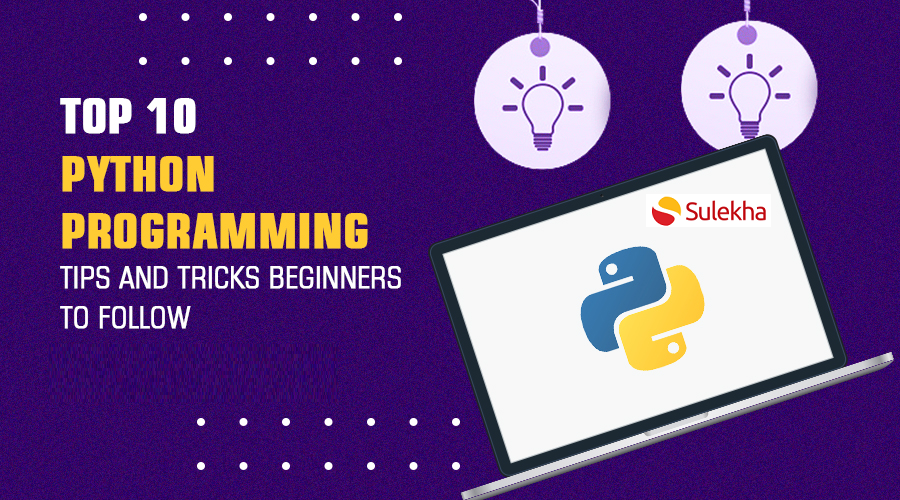
10 Python Tips and Tricks for Efficient Coding
Introduction
Latest blogs on technology to explore

From Student to AI Pro: What Does Prompt Engineering Entail and How Do You Start?
Explore the growing field of prompt engineering, a vital skill for AI enthusiasts. Learn how to craft optimized prompts for tools like ChatGPT and Gemini, and discover the career opportunities and skills needed to succeed in this fast-evolving indust

How Security Classification Guides Strengthen Data Protection in Modern Cybersecurity
A Security Classification Guide (SCG) defines data protection standards, ensuring sensitive information is handled securely across all levels. By outlining confidentiality, access controls, and declassification procedures, SCGs strengthen cybersecuri

Artificial Intelligence – A Growing Field of Study for Modern Learners
Artificial Intelligence is becoming a top study choice due to high job demand and future scope. This blog explains key subjects, career opportunities, and a simple AI study roadmap to help beginners start learning and build a strong career in the AI

Java in 2026: Why This ‘Old’ Language Is Still Your Golden Ticket to a Tech Career (And Where to Learn It!
Think Java is old news? Think again! 90% of Fortune 500 companies (yes, including Google, Amazon, and Netflix) run on Java (Oracle, 2025). From Android apps to banking systems, Java is the backbone of tech—and Sulekha IT Services is your fast track t

From Student to AI Pro: What Does Prompt Engineering Entail and How Do You Start?
Learn what prompt engineering is, why it matters, and how students and professionals can start mastering AI tools like ChatGPT, Gemini, and Copilot.

Cyber Security in 2025: The Golden Ticket to a Future-Proof Career
Cyber security jobs are growing 35% faster than any other tech field (U.S. Bureau of Labor Statistics, 2024)—and the average salary is $100,000+ per year! In a world where data breaches cost businesses $4.45 million on average (IBM, 2024), cyber secu

SAP SD in 2025: Your Ticket to a High-Flying IT Career
In the fast-paced world of IT and enterprise software, SAP SD (Sales and Distribution) is the secret sauce that keeps businesses running smoothly. Whether it’s managing customer orders, pricing, shipping, or billing, SAP SD is the backbone of sales o

SAP FICO in 2025: Salary, Jobs & How to Get Certified
AP FICO professionals earn $90,000–$130,000/year in the USA and Canada—and demand is skyrocketing! If you’re eyeing a future-proof IT career, SAP FICO (Financial Accounting & Controlling) is your golden ticket. But where do you start? Sulekha IT Serv

Train Like an AI Engineer: The Smartest Career Move You’ll Make This Year!
Why AI Engineering Is the Hottest Skillset Right Now From self-driving cars to chatbots that sound eerily human, Artificial Intelligence is no longer science fiction — it’s the backbone of modern tech. And guess what? Companies across the USA and Can

Confidence Intervals & Hypothesis Tests: The Data Science Path to Generalization
Learn how confidence intervals and hypothesis tests turn sample data into reliable population insights in data science. Understand CLT, p-values, and significance to generalize results, quantify uncertainty, and make evidence-based decisions.